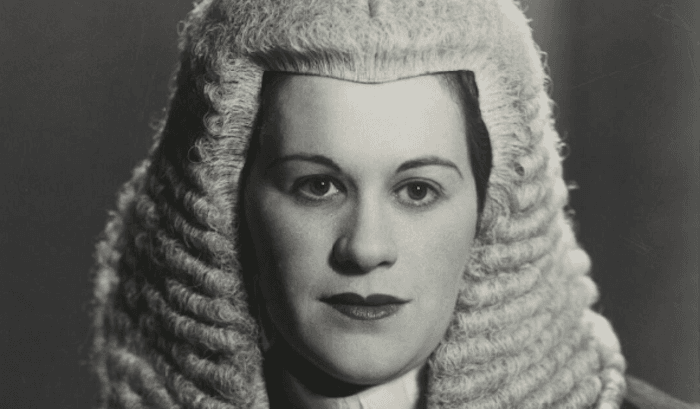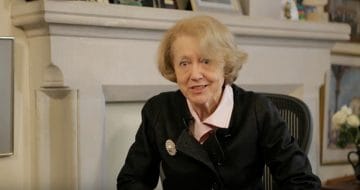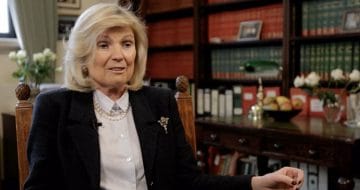??⚖️?

Today marks 100 years of women in law in England and Wales.
The Sex Disqualification (Removal) Act 1919 received royal assent a century ago, on 23 December, dismantling the barrier to women practising as solicitors and barristers in the UK. The Act also allowed women to sit as magistrates, sit on juries and receive degrees from university on completion of study.
Since then, there have been some pivotal firsts, including: Ivy Williams’ accession to the bar in 1922, Rose Heilbron and Helena Normanton taking silk in 1949, Elizabeth Lane’s appointment to the High Court in 1965 and more recently, Lady Hale becoming the first woman Lord of Appeal in 2004, first female justice of the UK Supreme Court in 2009 and the court’s first female president in 2017.
Dana Denis-Smith, a former Linklaters lawyer who founded the First 100 Years project to commemorate today’s anniversary, has been leading the celebrations. She said:
“I think the last 100 years have been a revolution for the legal profession — from one woman (Helena Normanton, being admitted to Middle Temple on 24 December 1919, as a student barrister) to women making up a majority on the practising solicitor side and over a third of all barristers. It’s amazing to think how much has been achieved.”
Yet, our increasingly diverse profession — characterised by growing female partner percentages at some firms — still leaves much to be desired. Law Society president Simon Davis said today:
“The profession has made great strides over the past hundred years — with women now making up 50.8% of practising solicitors and 62.1% of new entrants. However, women are still not reaching senior positions in sufficient numbers and only make up 30.1% of partners in private practice. Our research [last year] identified many obstacles to women’s career progression including unconscious bias, a difficult work-life balance and networking opportunities being male focused… for real change to take root, firms across the country must put the right policies in place and work together to build a more diverse workplace for the next generation.”
This year we’ve seen leading legal figures recall their experiences of sexism in their careers, as part of the First 100 Year’s ‘legal pioneer’ series.
Cherie Booth QC recalled being told by Lord Denning that “the bar really isn’t the place for women”, while the Supreme Court’s Lady Justice Arden was advised not to pursue the bar because solicitors would never instruct a woman. Meanwhile, Dame Elizabeth Gloster, a former Court of Appeal judge, recalled being turned down for tenancy because “the wives of members of chambers wouldn’t like it… in case their husbands make passes at you or you seduce them.”
But today is cause to celebrate. And just this autumn Lady Hale predicted gender parity among the judiciary by 2033. Meanwhile, Denis-Smith summed up her vision for the next 100 years:
“The biggest message to take into the Next 100 Years is that women in the legal profession are no longer a lone voice. Sure, there are still situations in which we find ourselves the only woman in the room and still company boards that don’t have a woman, but overall we have a whole safety net of like-minded women striving to achieve on an equal playing field. This is no small thing as we need to build on this confidence of past achievements to consolidate the place of women across the legal profession — not as newcomers but as a force for change. Women have to become comfortable to work with other women in a collaborative way as we move from the ‘rock star’ culture that surrounded outstanding pioneers like Lady Hale, to the ‘rock group’ of good lawyers working together to create a better and more inclusive work culture in the legal profession.”
Onto the next 100 years! ⚖️


